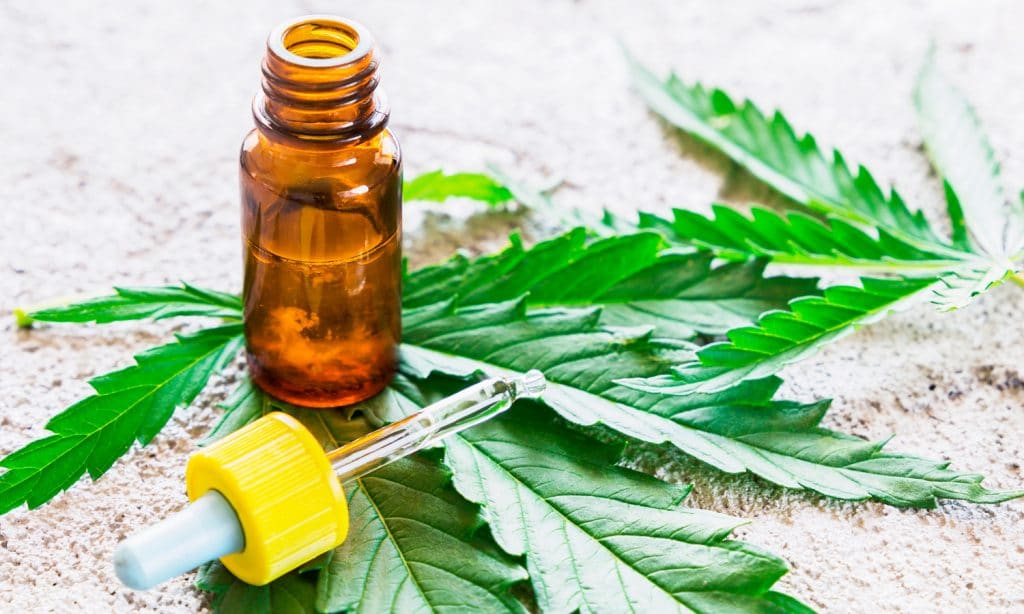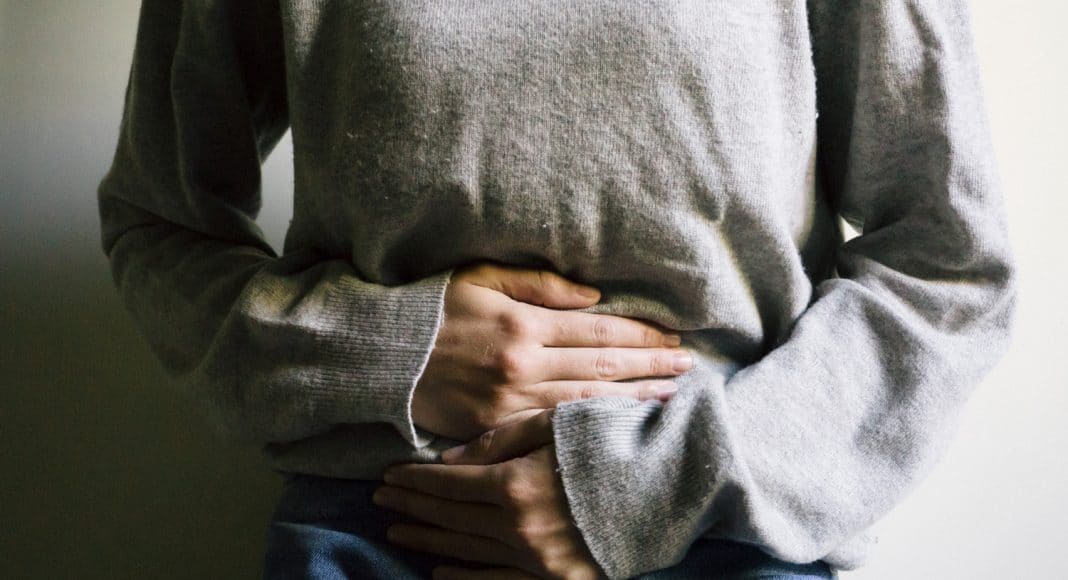Research finds that CB1 receptors do have an impact on urination, and their manipulation with cannabinoids from marijuana has promise for treating OAB.
Thirty-three million Americans are living with overactive bladder disease or OAB. According to the National Association for Continence, OAB (sometimes called “spastic bladder”) is the “frequent and urgent need to empty your bladder.”
More than 50% of individuals with OAB also struggle with Urgency Urinary Incontinence (UUI), which affects the quality of life for both men, women, and non-binary individuals. Studies have shown that many assume that OAB and UUI are part of the aging process and live with the conditions, not realizing that there are treatment options and often treatment options come with risks that make patients hesitate.
The two medicines often prescribed for OAB are powerful and can cause constipation, blurred vision, hallucinations, seizures, and coma. Could CBD and THC have a place in addressing the disorder, without troublesome side effects?
RELATED: Does Smoking Marijuana Decrease The Development Of Bladder Cancer?
While OAB can’t be pinpointed to a single root cause, the central nervous system (which regulates impulse control and muscle memory) has a significant part to play. Often, damage to nerve fibers and receptors in the bladder can make the body more susceptible to bladder overactivity. From childbirth to aging, sports injuries to long-term illness, OAB can piggyback on another condition wreaking havoc with every sneeze or surprise.

Interestingly, a much-cited study in the American College of Obstetricians and Gynecologists allowed researchers to discover that the cannabis inside THC improved urinary incontinence by almost 25%.
Kathleen Connell, MD, recently shared her thoughts on how THC and CBD have a place in urology, possibly assisting women with overactive bladders (OAB).
“Researchers found that the body has receptors for the cannabinoids CB1 and CB2 in the brain and bladder, as well as in other parts of the body,” she said. “CB1, and to a lesser extent CB2, work at various levels on the detrusor muscles. Research is pointing toward the conclusion that CB1 receptors do have an impact on urination, and their manipulation with cannabinoids from marijuana has promise for treating OAB.”
RELATED: How Medical Marijuana Helps With Overactive Bladder
Even more impressive, a study conducted in 2014 by the American Academy of Neurology (AAN) found that cannabis helps relieve some symptoms of multiple sclerosis (MS), such as OAB, pain, and spasticity. More recently, a 2018 study published in Neurological Sciences found that “THC/CBD oromucosal spray has shown to be effective in improving overactive bladder symptoms in MS patients demonstrating a favorable impact on detrusor overactivity.”
Marijuana appears to have positive effects on the bladder system as a whole, as well. A 2013 study found that cannabis may have a hand in reducing a man’s risk for developing bladder cancer.


